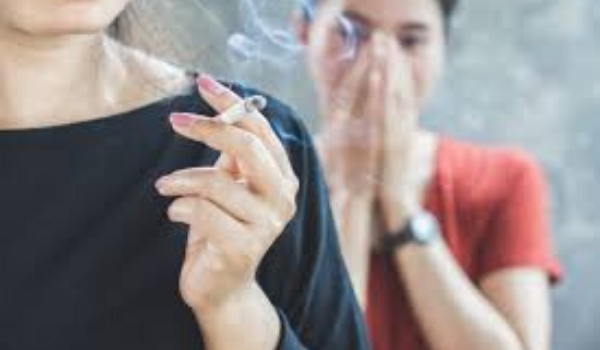
There are 16 cancers that can be caused by second hand (or passive) smoking. Every cigarette contains 7,000 chemicals that enter the lungs and spread to other parts of the body, 69 of these are known carcinogens. All of these carcinogens exist in second hand smoke.
Here’s what we know:
- Over 43,000 years of healthy life of Australians were lost due to second-hand smoke in 2017. Three of those victims were infants.
- Under certain conditions, outdoor second hand smoke concentrations can be comparable to indoor concentrations, particularly where there is an overhead cover.
- Residual tobacco smoke remains on surfaces, in dust and on clothing and leads to what is termed ‘third hand’ smoke. It is highly toxic, can persist for years and can be inhaled, ingested or absorbed through the skin.
Remember:
- Most exposure occurs in the home or work-place. Steer clear of the smoking section at the pub or the designated smoking area of your place of business.
- Ventilation, air conditioning and heating systems alone do not reliably remove second hand smoke from the indoor environment, and may instead distribute toxins throughout buildings.
- Children are very susceptible to the deleterious effects of second and third hand smoke, even in small amounts. As they spend more time on the ground and frequently put things in their mouth they are at high risk of ingesting third hand smoke.
- If you live with someone who smokes, consider helping them quit. Your health will benefit from educating the smokers in your life about just how deceptively dangerous second and third hand smoke is.
Find out more about Can Too’s investment in changing smoking behaviour in Indigenous populations.








